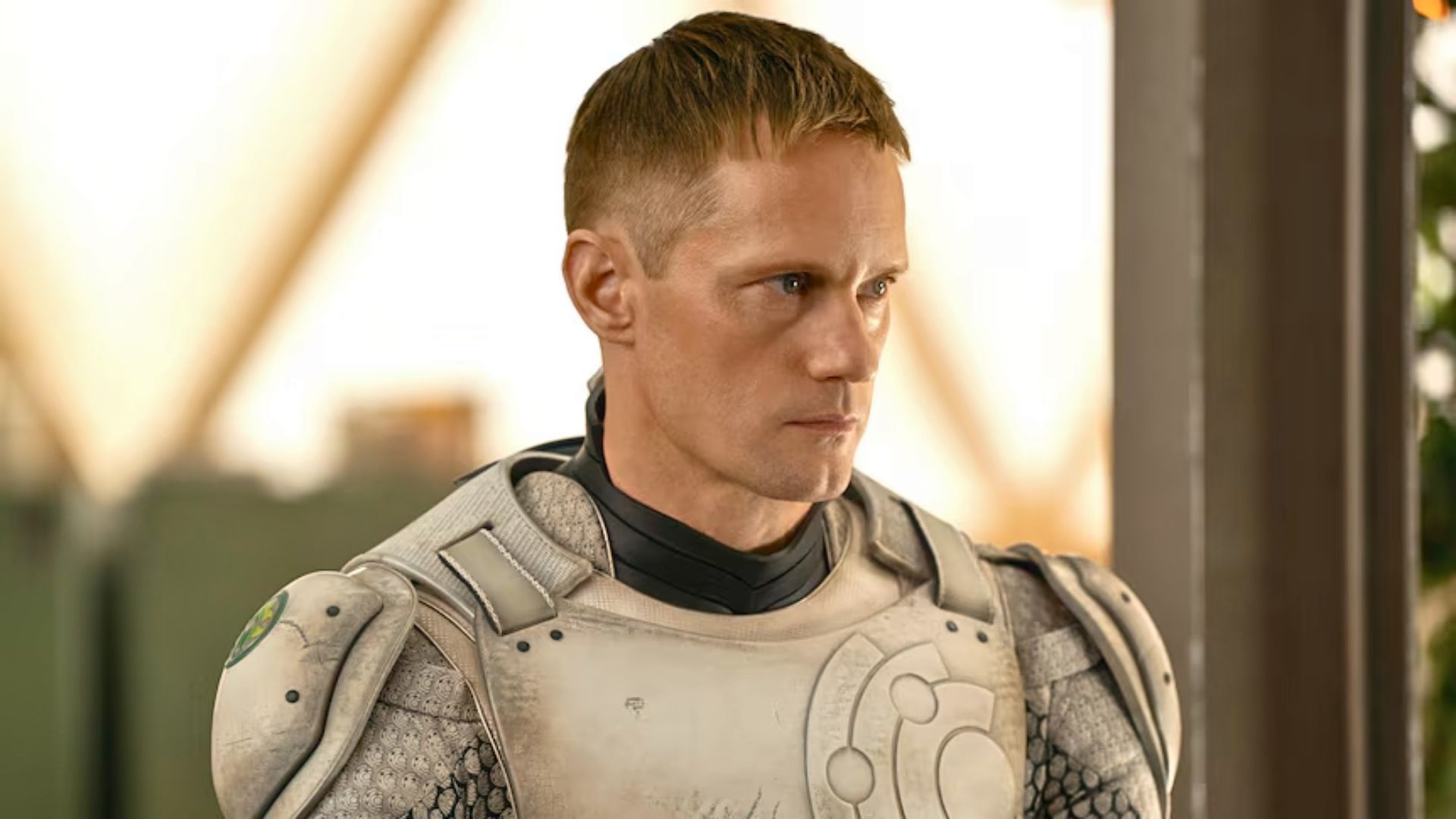HBO’s The Last of Us season 2 wrapped up on May 25, 2025, delivering a finale that stunned audiences with its intense cliffhanger and bold narrative choices. Titled “Convergence,” the episode adapts key moments from The Last of Us part II video game, setting the stage for a dramatic shift in season 3.
The finale follows Ellie and her companions as they navigate a brutal quest for revenge in Seattle, culminating in a confrontation that leaves viewers questioning the fates of central characters. Below is the break down of the critical elements of the season 2 ending, exploring its major twists and their implications for the show’s future, all while staying true to the source material and the show’s emotional depth.
The Last of Us Season 2 Finale’s Pivotal Moments

The season 2 finale, “Convergence,” centers on Ellie (Bella Ramsey) and Dina (Isabela Merced) as they track Abby (Kaitlyn Dever) in Seattle, seeking vengeance for Joel’s (Pedro Pascal) death earlier in the season. The episode builds to a tense showdown at an aquarium, where Ellie discovers Mel and Owen, two of Abby’s allies. In a harrowing sequence, Ellie’s attempt to extract information about Abby’s whereabouts leads to unintended tragedy.
Mel, pregnant with Owen’s child, begs Ellie to perform an emergency C-section to save her unborn baby after being fatally wounded. Overwhelmed, Ellie freezes, unable to act, and Mel and her unborn child die. This moment underscores Ellie’s struggle to retain her humanity amid her pursuit of revenge, highlighting her moral decline since Joel’s death.
The episode takes a darker turn when Jesse (Young Mazino), a key figure from Jackson and Dina’s former partner, meets a tragic end. As Ellie and Jesse plan to abandon their revenge mission and return to Jackson, Abby storms into the theater where they’re hiding. Furious over the deaths of her friends, Abby fatally shoots Jesse in the head and holds Tommy (Gabriel Luna) at gunpoint.
The episode’s climax sees Abby confronting Ellie, declaring, “I let you live, and you wasted it,” before pointing her gun at her. The screen cuts to black, leaving Ellie’s fate ambiguous and viewers on edge. This cliffhanger mirrors a pivotal moment in The Last of Us part II, where the narrative shifts dramatically, setting up season 3’s bold direction.
Setting Up Narrative Shift of The Last of Us Season 3
The finale’s final scene introduces a significant twist, flashing back to “Seattle Day One” and focusing on Abby waking up at the Wolves’ (WLF) base. This signals that season 3 will pivot to Abby’s perspective, a move directly inspired by the game’s structure. In The Last of Us part II, players switch to Abby’s viewpoint midway through, exploring her motivations and backstory after Ellie’s journey.
The show, however, splits this shift across seasons, meaning season 3 will probably delve into Abby’s life, her time with the WLF, and her reasons for killing Joel—namely, avenging her father, a Firefly doctor Joel killed in season 1. Showrunner Craig Mazin explained in an interview with The Hollywood Reporter that this perspective shift challenges traditional storytelling by questioning the concept of a protagonist, aiming to deepen Abby’s character beyond her role as an antagonist. said,
This is not something we’re doing as a gimmick. The point of this story — and this is looked at from so many different angles in so many different ways — is that the entire concept of protagonist is flawed. The entire concept of villain is flawed.
This narrative choice carries risks. Unlike the game, where Abby’s perspective begins mid-story, the show’s split across seasons leaves Ellie’s fate unresolved for an extended period, potentially disrupting pacing and viewer engagement. Mazin acknowledged this departure from conventional TV storytelling, emphasizing that the shift is not a gimmick but a way to explore the story’s complex moral landscape.
The finale also hints at strained dynamics between Ellie and Dina, as Jesse’s death—partly tied to Ellie’s actions—may create tension, especially since Dina is pregnant with Jesse’s child. The showrunners have teased that season 3 will explore these relational consequences, alongside Abby’s arc, setting up a challenging but ambitious continuation.
Implications for Key Characters
The finale’s events reshape the trajectories of several characters. Ellie’s moral struggles are evident in her failure to save Mel and her role in escalating the cycle of violence. Her confession to Dina about torturing Nora earlier in the season reveals a darker, more hardened Ellie, contrasting with her compassionate season 1 self. Meanwhile, Abby’s brief appearance in the finale’s closing moments suggests season 3 will humanize her, exploring her grief and motivations.
The possibility of Pedro Pascal’s return as Joel remains open, with showrunners Mazin and Neil Druckmann hinting at potential flashbacks to explore untold stories, such as events between Sarah’s death and Joel meeting Ellie. While Joel’s physical return is unlikely due to his death, these flashbacks could provide emotional closure.
Jesse’s death also impacts Jackson’s future, as he was a potential leader for the community. His loss, combined with the ongoing conflict between the WLF and Seraphites, underscores the show’s theme of cyclical violence.
The finale’s focus on human drama over infected threats shifts the tone toward a war story, though the showrunners have promised season 3 will reintroduce the post-apocalyptic survival horror elements fans expect. With The Last of Us streaming on Max in the US, viewers are left anticipating how season 3 will balance these narrative threads while staying faithful to the game’s emotional weight.
Read more: A Detailed Recap of The Last of Us Season 2, Episode 4
Follow us on Instagram and Twitter.
Arvind is a Senior Writer and Editor at Hilvaro, specializing in anime, entertainment, and pop culture. With a BSc in Transportation Technology, his passion for storytelling led him to a career in journalism. He has previously contributed to Sportskeeda and GameRant, covering anime and entertainment with a keen eye for detail.
Outside writing, Arvind loves gaming and is fond of anime, binge-watching movies and television series. He spends some of his free time listening to rock music and writing poetry. What Arvind appreciates most about pop culture is the theme that makes it more alive and engaging for this generation; thus the possibility of such content reaching readers across the globe.
Discover more from Hilvaro
Subscribe to get the latest posts sent to your email.




